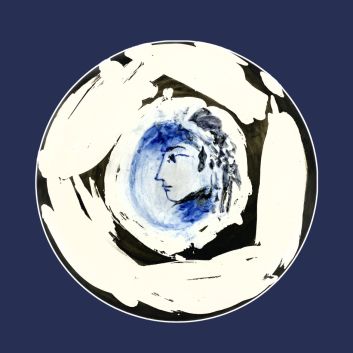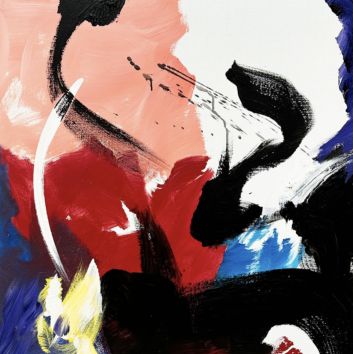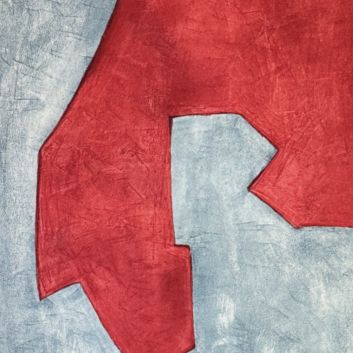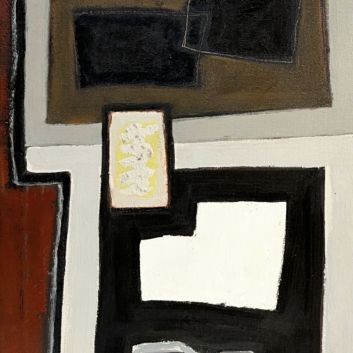Rating and value of Hans Hartung lithographs
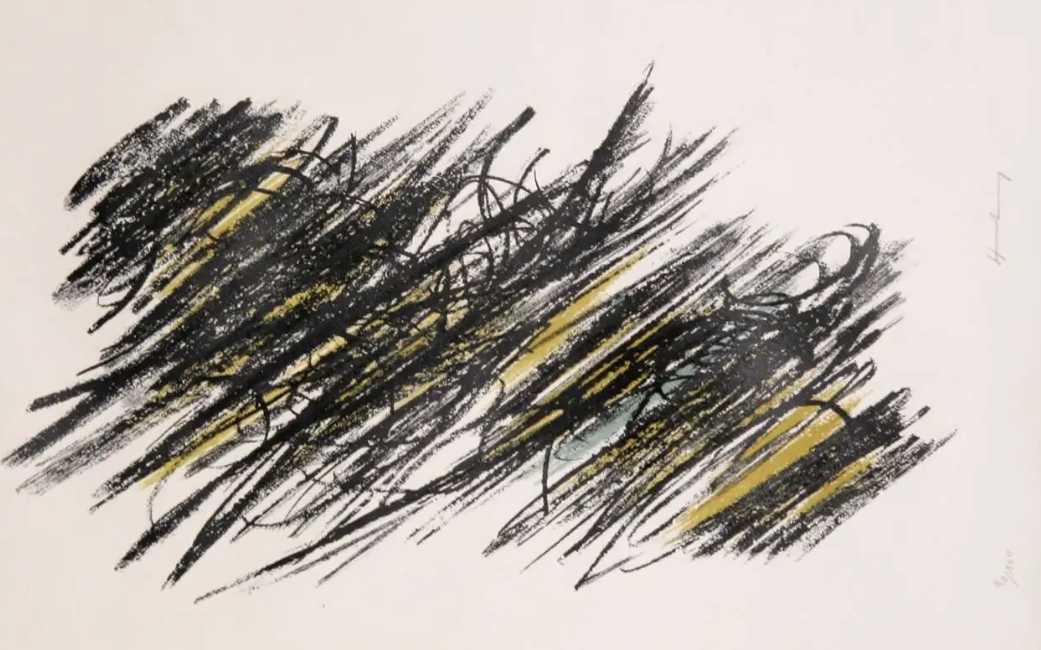
German painter, photographer and architect Hans Hartung (1904-1989) is one of the most important exponents of abstraction and a precursor of spontaneous experimental techniques.
Also a member of the École de Paris, Hans Hartung's technique encourages spontaneity of gesture.
If you own a work by or based on the artist Hans Hartung and would like to know its value, our state-approved experts and auctioneers can help you.
Our specialists will carry out a free appraisal of your work, and provide you with a precise estimate of its current market value.
Then, if you want to sell your work, we'll point you in the right direction to get the best possible price for it.
Artist's rating and value
Hans Hartung produced a great deal throughout his career. However, his most popular period began in the 50s.
His international renown opened the doors of numerous museums in Paris and New York. Today, Hans Hartung remains highly regarded and is a sure bet on the art market.
A work signed by the artist can fetch millions of euros at auction, as demonstrated by his oil on canvas T1956-13, which sold for over 2 million euros at Sotheby's in 2017.
Order of value from the most basic to the most prestigious
Technique used | Results |
|---|---|
Photography | From €155 to €5,700 |
From €5 to €11,000 | |
Drawing | From €350 to €179,891 |
Oil on canvas | From €250 to €2,250,000 |
Response in less than 24h
Hans Hartung's lithography
Hans Hartung, a German-born painter who became a leading figure in abstraction, took up lithography in the 1950s, enabling his work to be more widely distributed.
Seduced by the possibility of reproducing his spontaneous gestures while maintaining technical rigor, he saw it as a means of renewing his artistic language.
Lithography then became a privileged field of exploration, enabling him to play with the strong contrasts between black and white that often dominate his works.
In this technique, Hartung manages to capture the immediate energy of his gesture, while introducing a precision not always found in his larger canvases.
He reproduces his characteristic motifs - dynamic, taut lines and exploded shapes - which appear with even greater clarity.
Working with a wide variety of tools, such as broad brushes, scrapers and drypoints, he explores the textures and variations in density that lithography allows him to achieve.
While remaining true to his abstract style, he injects a certain graphic discipline into his prints, where mastery of gesture blends with free, improvised movement.
With lithography, Hartung not only transposes his art to another medium, he also pushes experimentation further, enriching his work with new depth.
His lithographs, both powerful and delicate, bear witness to his ceaseless quest for renewal and technical perfection.
Many artists of lyrical abstraction, including Hans Hartung, used lithography as a medium of expression. These includeOlivier Debréand Georges Mathieuand André Lanskoy.
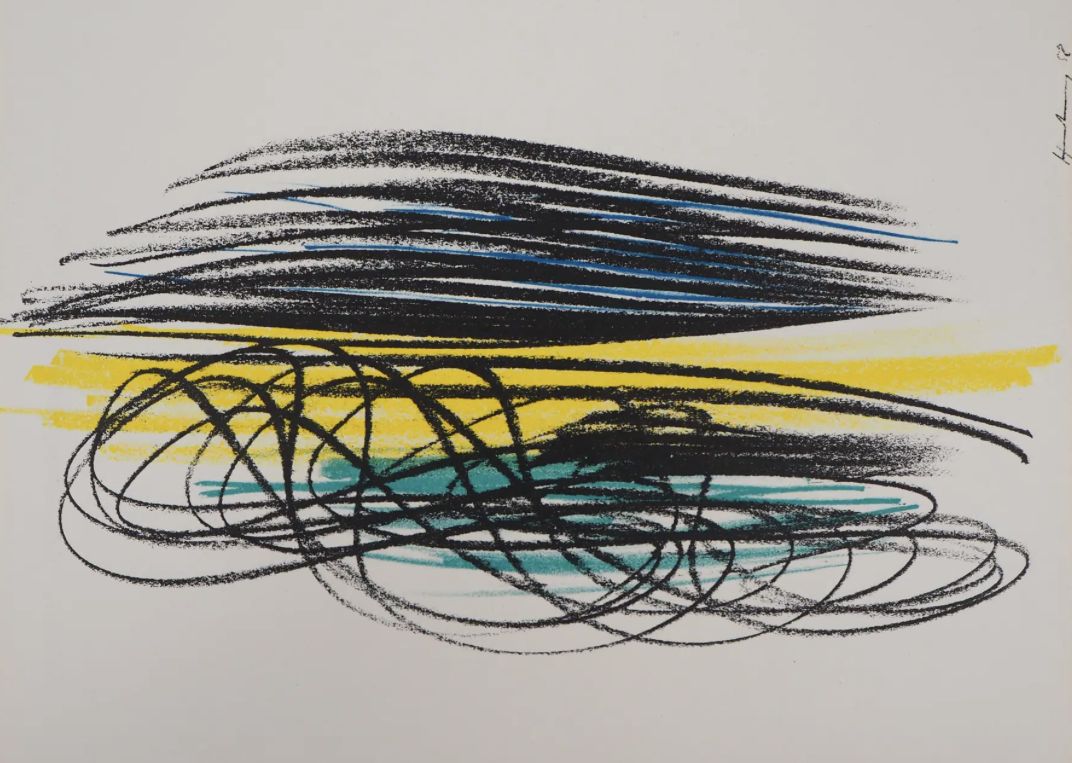
Hans Hartung's career
Hans Hartung, a German-born French painter born in Leipzig on September 21, 1904, also ventured into the field of lithography.
After studying at the Beaux-Arts in Munich, Hartung traveled throughout Europe with his wife, the Norwegian artist Anna-Eva Bergman, before settling permanently in Paris. This journey reflects the rich European artistic exchanges of his time.
Rooted in his deep opposition to Nazism, Hartung volunteered to fight in 1939. Arrested like many Germans in France, he experienced detention.
His liberation enabled him to join the Foreign Legion, where he suffered a serious wound in combat, losing his right leg, an ordeal that consolidated his artistic commitment.
Throughout his career, Hans Hartung received numerous prestigious awards, including the Légion d'honneur, underlining his major contribution to abstract art.
From an early age, he was fascinated by photography and astronomy, passions that influenced his work and manifested themselves in the play of light and celestial compositions of his lithographs.
Self-taught, Hartung began painting by reproducing classical works, before turning to a bold approach centered on color.
Inspired by masters such as Rembrandt, Goya and the German Expressionists, he quickly developed a unique visual language in his lithographs, where fluidity of form and intensity of color intertwine.
Constantly seeking innovation, Hartung explored lithography with a variety of techniques, incorporating unusual tools and impulsive gestures, giving his works a distinct gestural quality.
In 1968, he and his wife settled in Antibes, in a house-studio he had designed, a space conducive to creation and experimentation.
It was here that he continued his artistic exploration until his death in 1989, leaving a considerable legacy in abstract art, marked by an unceasing quest for freedom and expression through ever more audacious forms and techniques, particularly in lithography.
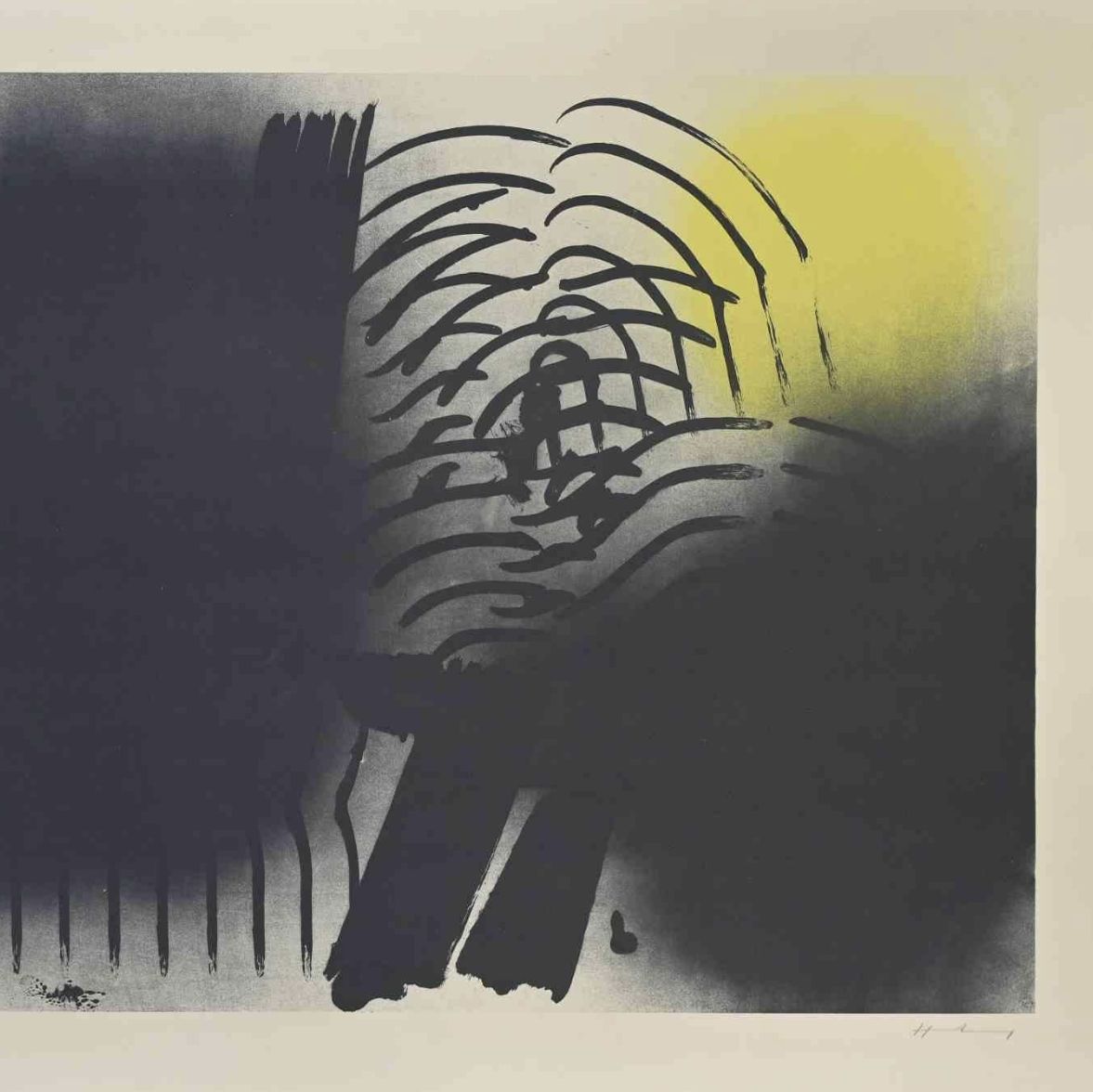

Focus on Rayonnement, Hans Hartung, 1963
This vibrant, luminous work by Hans Hartung perfectly expresses the apogee of his artistic research. Rayonnement embodies the interaction between color and light, revealing a poetic dimension at the heart of his creative process.
Brushstrokes of palpable energy intertwine and soar in a play of vibrant colors, blending shades of yellow, orange and red.
These warm hues, which seem to vibrate from within, evoke an atmosphere of warmth and dynamism. Here, Hartung captures the very essence of movement, as if the work were the reflection of a dance, a life in constant evolution.
The subtly nuanced background acts as a resonant space. It supports the agitation of the colors, creating a depth that invites the viewer to immerse themselves.
This harmony of hues gives the whole a lightness, as if the forms were suspended in an infinite universe, where time and space expand.
The colors, vibrant and alive, seem to float on the canvas. Their swirling, fluid movement evokes an organic dynamic, like a breath of life flowing through the work.
Hartung succeeds in freezing the intensity of a moment in matter, offering the viewer an immersive visual experience.
Contrasts between warm areas and darker spaces intensify this sense of movement.
This interplay between light and shadow lends the work an emotional dimension, where each color becomes a note in a visual symphony.
In this way, Hartung invites us to experience a raw emotion, a deep connection with his inner world.
The entire composition is skilfully orchestrated, with each touch of color forming part of an overall rhythm.
One senses the artist's unwavering mastery, able to bring elements into dialogue with each other with disconcerting ease.
This search for harmony and rhythm is central to the work of Hartung, who saw painting as a melody, a visual song that resonates beyond the canvas.
In conclusion, Rayonnement is an emblematic work that testifies to Hans Hartung's artistic commitment to the exploration of color and light.
She captures the very essence of her art, oscillating between raw energy and delicacy, revealing a vision of the world where pictorial expression becomes a true reflection of existence.
Hartung manages, through the simplicity of his means, to evoke complex emotions, to create a universe where each color, each movement, resonates in harmony with the other.
Hans Hartung and Abstraction: a human language
Hans Hartung's imprint on his time
Hans Hartung's imprint on abstract art is considerable and enduring. His bold exploration of color and form marked a generation of artists.
By integrating innovative techniques and a variety of tools into his practice, Hartung has created a unique gestural style that shines through in his works.
His famous Tâches d'encre testify to his ability to transform emotions into visual forms, establishing a dialogue between artist and viewer.
The artist also played a key role in promoting lyrical abstraction, a movement that values personal expression through color and gesture.
His influence extends beyond his own creations, as many contemporary artists are inspired by his quest for freedom and his commitment to breaking with convention.
Hartung drew connections between his personal experience, marked by hardship, and his artistic vision, leaving behind a rich legacy that continues to nourish reflections on abstract art today.
His studio home in Antibes, where he created until his death in 1989, remains a symbol of his dedication to creation and experimentation.
His signature
Not all Hans Hartung's works are signed.
Although there are variations, here is a first example of its signature:
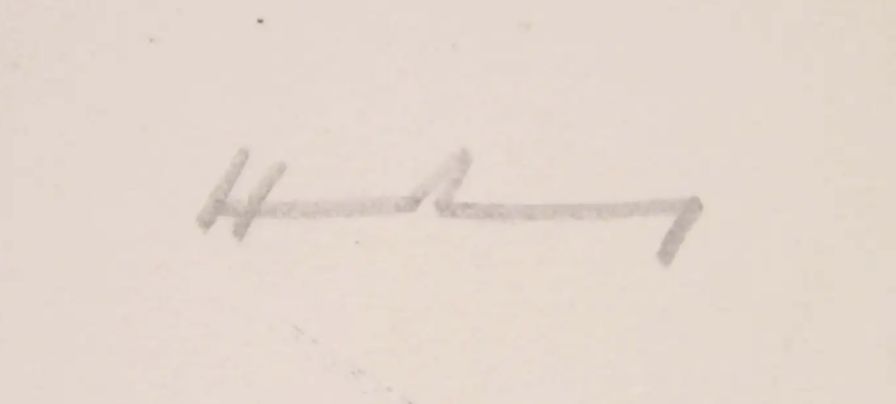
Appraising your property
If you own a work by Hans Hartung, we invite you to request a free appraisal by filling in our online form.
A member of our team of experts and certified auctioneers will contact you to provide an estimate of the market value of your work.
If you are considering selling your work, our specialists will also guide you through the various alternatives available to obtain the best possible price, taking into account market trends and the specific features of each work.
Response in less than 24h
Related topics
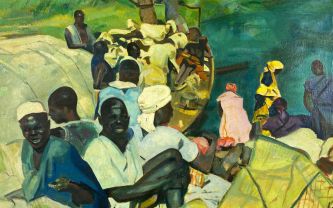
Rating and value of works, paintings and drawings by Jacques Maj...
Jacques Majorelle is a twentieth-century Orientalist painter who produced many paintings and drawings that are appreciated and sought-after at auction.
Read more >
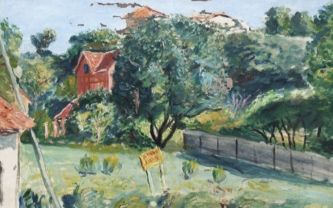
Rating and value of works, drawings, paintings by Constantin...
Constantin Terchkovitch is a Russian painter associated with poetic realism who produced drawings and canvases that are highly prized and sought-after at auction.
Read more >
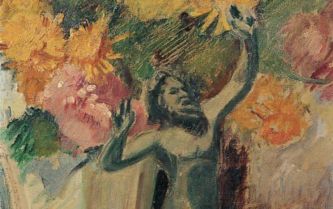
Cote et valeur des tableaux, dessins, peintures de Jean Puy
Jean Puy is a twentieth-century Fauvist painter who produced works with significant upside potential in terms of price and value.
Read more >
Secure site, anonymity preserved
State-approved auctioneer and expert
Free, certified estimates

